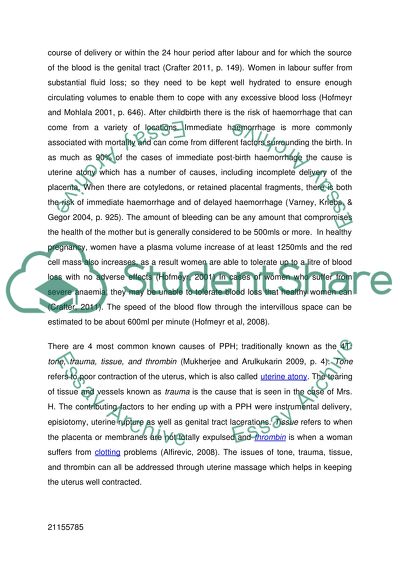Cite this document
(“Postpartum Haemorrhage, Hypovolaemic Shock, Post-Traumatic Stress Essay”, n.d.)
Retrieved from https://studentshare.org/nursing/1483031-postpartum-haemorrhage-hypovolaemic-shock-post
Retrieved from https://studentshare.org/nursing/1483031-postpartum-haemorrhage-hypovolaemic-shock-post
(Postpartum Haemorrhage, Hypovolaemic Shock, Post-Traumatic Stress Essay)
https://studentshare.org/nursing/1483031-postpartum-haemorrhage-hypovolaemic-shock-post.
https://studentshare.org/nursing/1483031-postpartum-haemorrhage-hypovolaemic-shock-post.
“Postpartum Haemorrhage, Hypovolaemic Shock, Post-Traumatic Stress Essay”, n.d. https://studentshare.org/nursing/1483031-postpartum-haemorrhage-hypovolaemic-shock-post.


